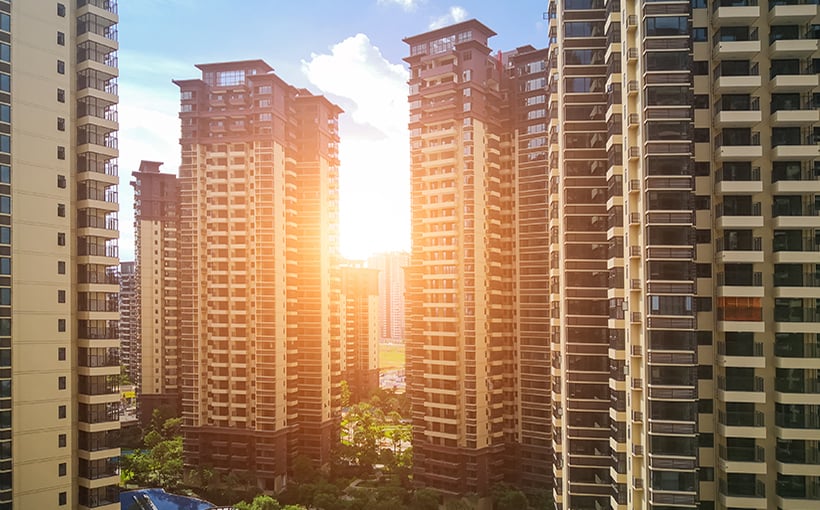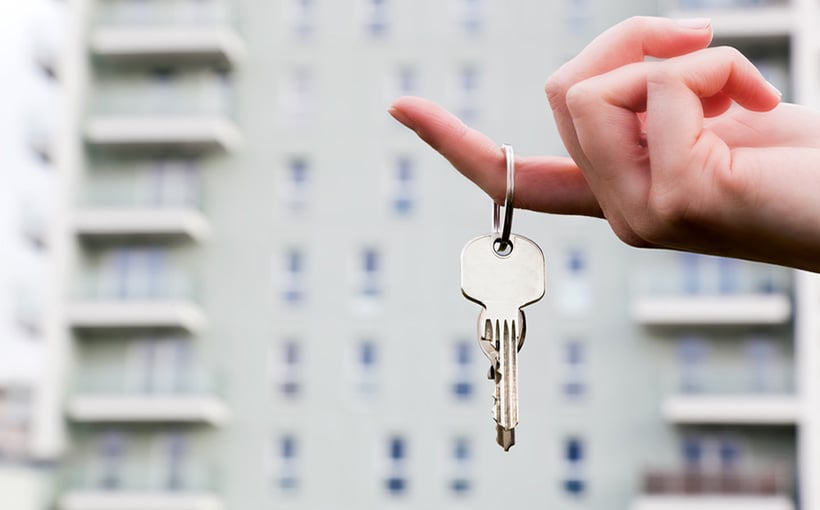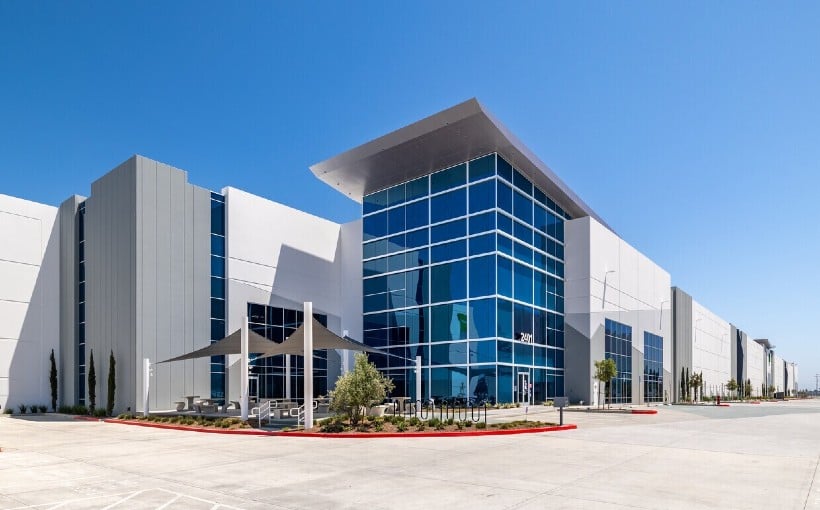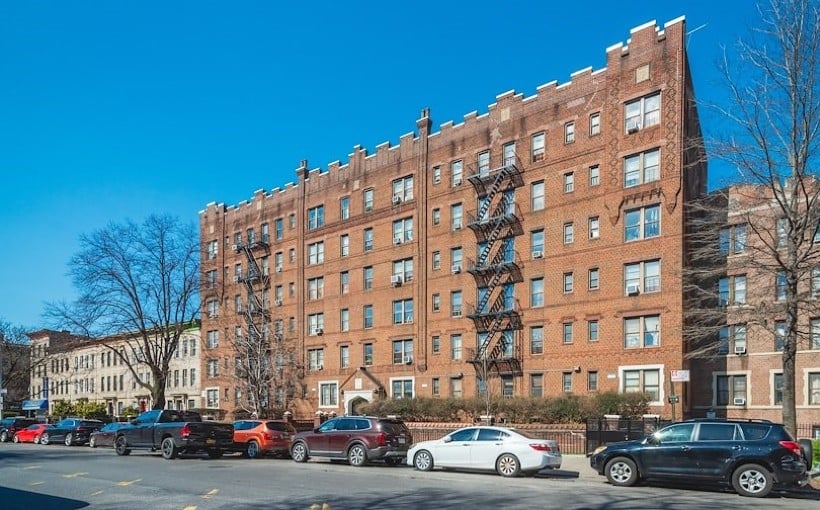# Re-evaluating Urban Housing Myths and Misinformation
At the height of the pandemic and in the years following, many people moved away from city centers in search of less congestion and a perceived safer environment. This shift led real estate investors to focus on suburban and exurban residential properties, under the assumption that central business district (CBD) housing was no longer a worthwhile investment.
However, five years after the pandemic, these assumptions about urban multifamily housing persist. In its report, *Urban Comeback: Exploring the Post-Pandemic Resurgence of CBD Multifamily Living*, Cushman & Wakefield challenges five common myths about the state of city-center multifamily housing.
## **Myth #1—CBDs Continue Losing Population**
A common belief is that rising crime in downtown areas is causing residents and businesses to migrate to the suburbs. However, data shows that outmigration from city centers began to slow in 2023, and crime rates have been declining since then.
According to Cushman & Wakefield analysts, “population growth, declining crime rates, and revitalized neighborhoods have pushed foot traffic into clear recovery mode. While downtown foot traffic is still around 20% below pre-pandemic levels, it has recovered significantly from its lowest point.”
## **Myth #2—Renters Prefer Suburban Living**
Although suburban apartment demand surged for three consecutive quarters in late 2020 and early 2021, Cushman & Wakefield reports that in nearly every other quarter since 2000, demand for CBD apartments has outpaced that of their suburban counterparts.
The analysts acknowledge that some of this demand may be attributed to a smaller total inventory of CBD apartments. However, they emphasize that “the data clearly demonstrates strong demand for downtown living, and developers are responding accordingly.”
## **Myth #3—Suburban Apartment Fundamentals Are Healthier**
This misconception is based on long-term data trends showing that suburban apartments have had lower vacancy rates than city-center properties, with the gap widening during the pandemic. However, as cities reopened, CBD occupancy rates began to recover.
“As of mid-2023, the CBD vacancy rate has been mostly in line with the suburbs, hovering in the high single digits,” according to the report.
## **Myth #4—CBDs Are Too Expensive**
While average rents for CBD apartments are approaching $3,000 per month—representing about 45% of a median-income household’s budget—this statistic does not account for the increasing number of affluent renters.
In 2024, renters in high-rise properties, which are typically located in CBDs, earned more than $150,000 annually, resulting in an average rent-to-income ratio of just 21%.
“The relatively lower rent-to-income ratios reflect a growing population of lifestyle renters who continue to seek high-end, amenitized urban apartments and have even greater ability to pay a premium compared to their suburban counterparts,” Cushman & Wakefield analysts noted.
## **Myth #5—Capital Markets Continue to Favor the Suburbs**
The belief that suburban apartments consistently outperform CBD properties has led to significant capital investment in suburban developments, shrinking the price gap between the two. While this was true during the early 2020s, a shift began in 2024.
“In a declining market, CBD properties demonstrated greater resilience,” Cushman & Wakefield analysts observed. Although both CBD and suburban investment volumes declined, “CBD was only down about 20%, compared to a nearly 40% decline in the suburbs.”
Additionally, cap rates have adjusted accordingly. With improving fundamentals and many CBD apartments priced at relatively low levels—often below replacement costs—Cushman & Wakefield notes that now appears to be an opportune time to invest in urban cores.
About the Publisher:
Steve Griffin is based in sunny Palm Harbor, Florida. He’s an accountant by profession and the owner of GRIFFIN Tax (www.griffintax.com) and REVVED Up Accounting (www.revvedupaccounting.com). In addition, Steve founded Madison Avenue Technology (www.madisonave.tech). With a strong passion for commercial real estate, he’s also dedicated to keeping you up to date with the latest industry news.




